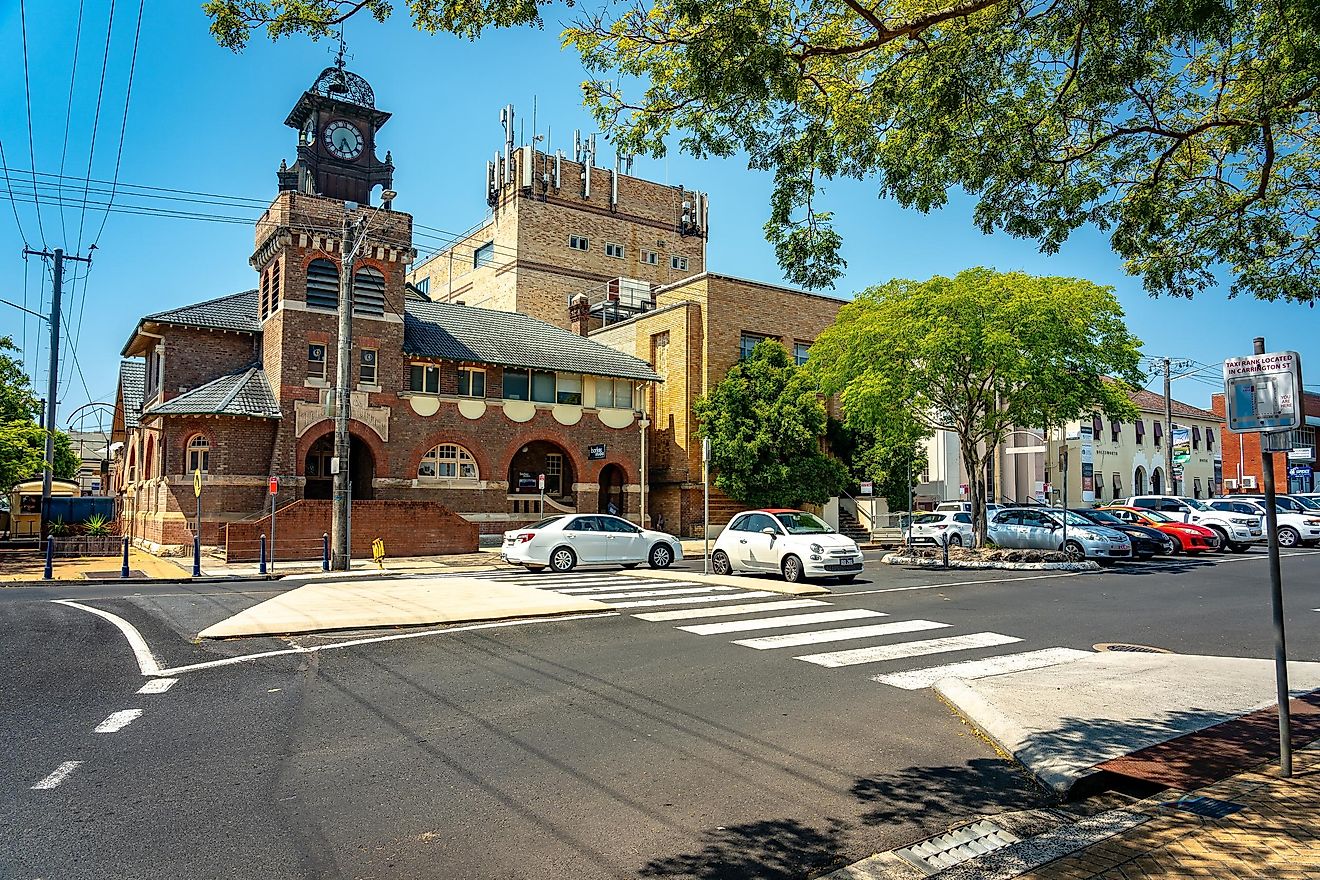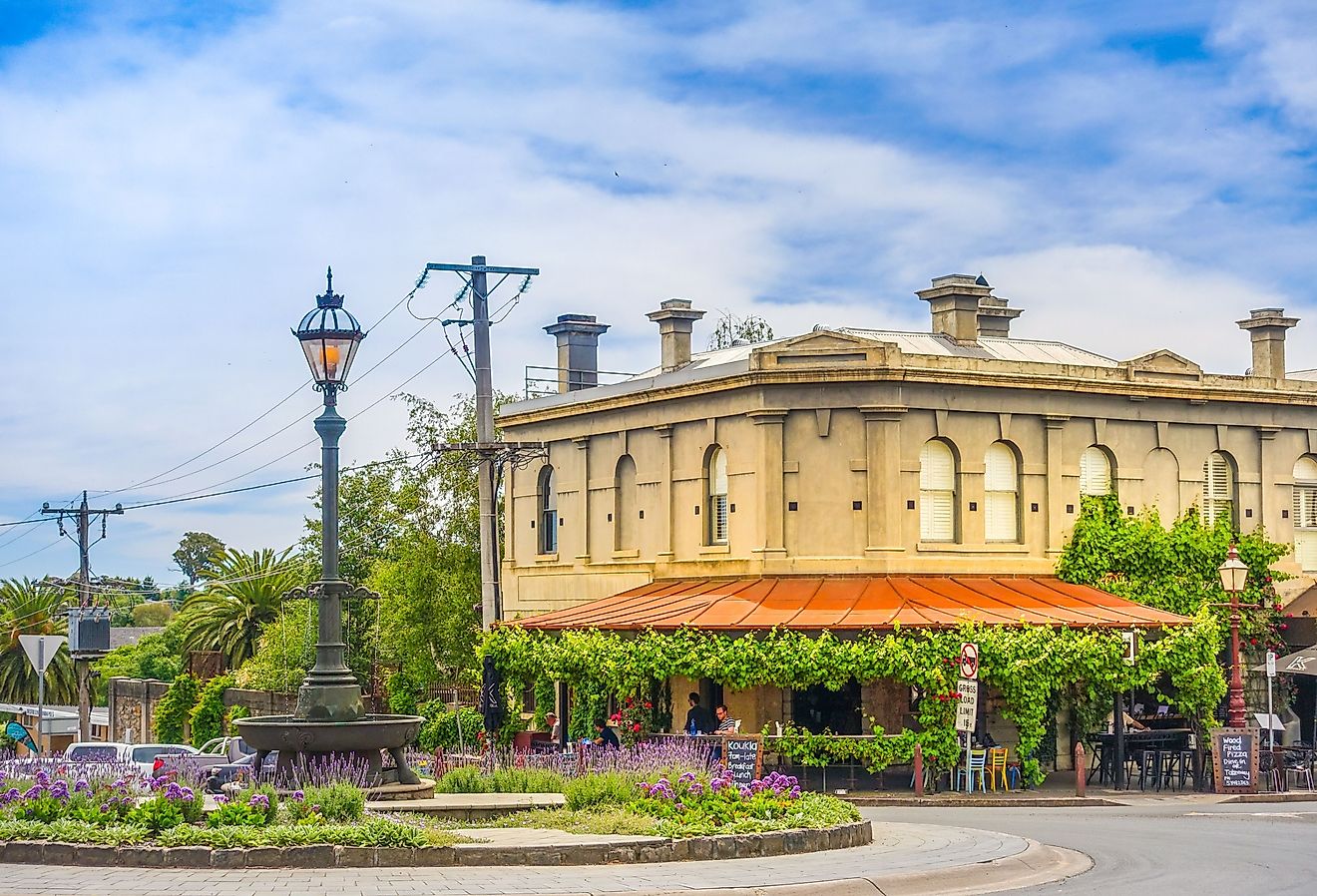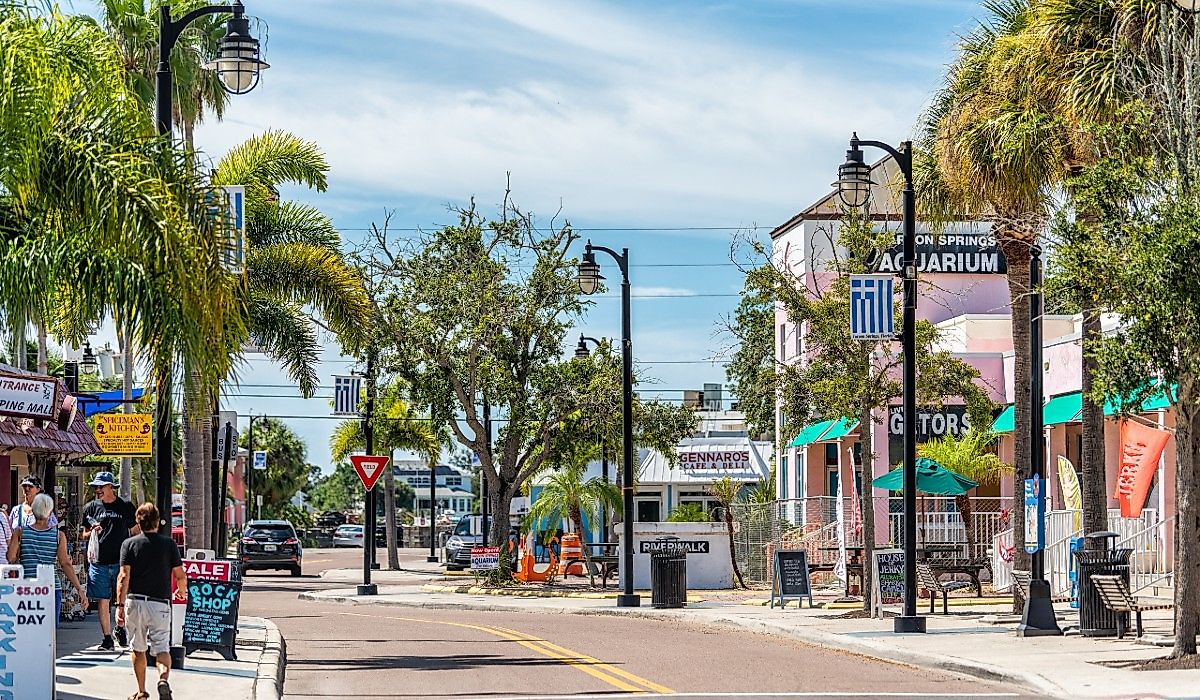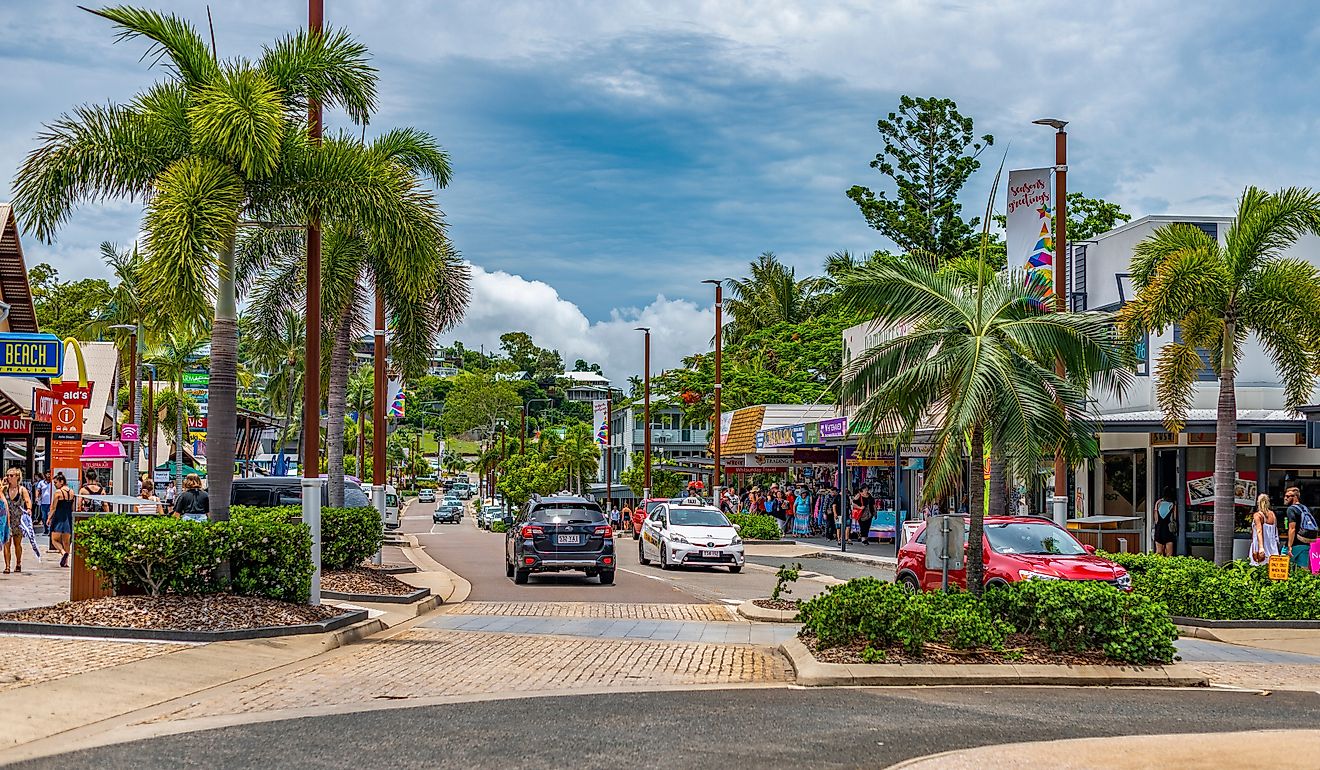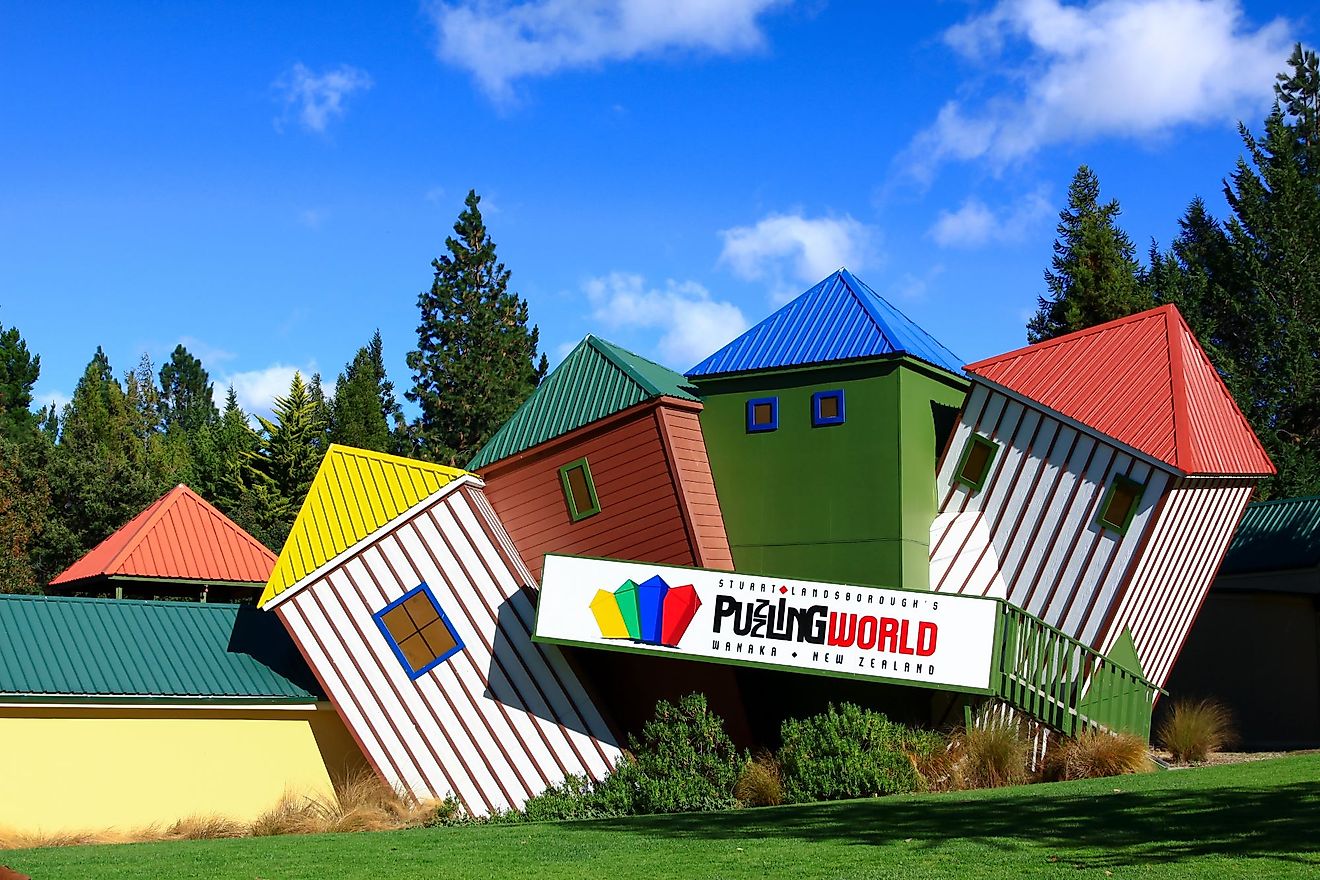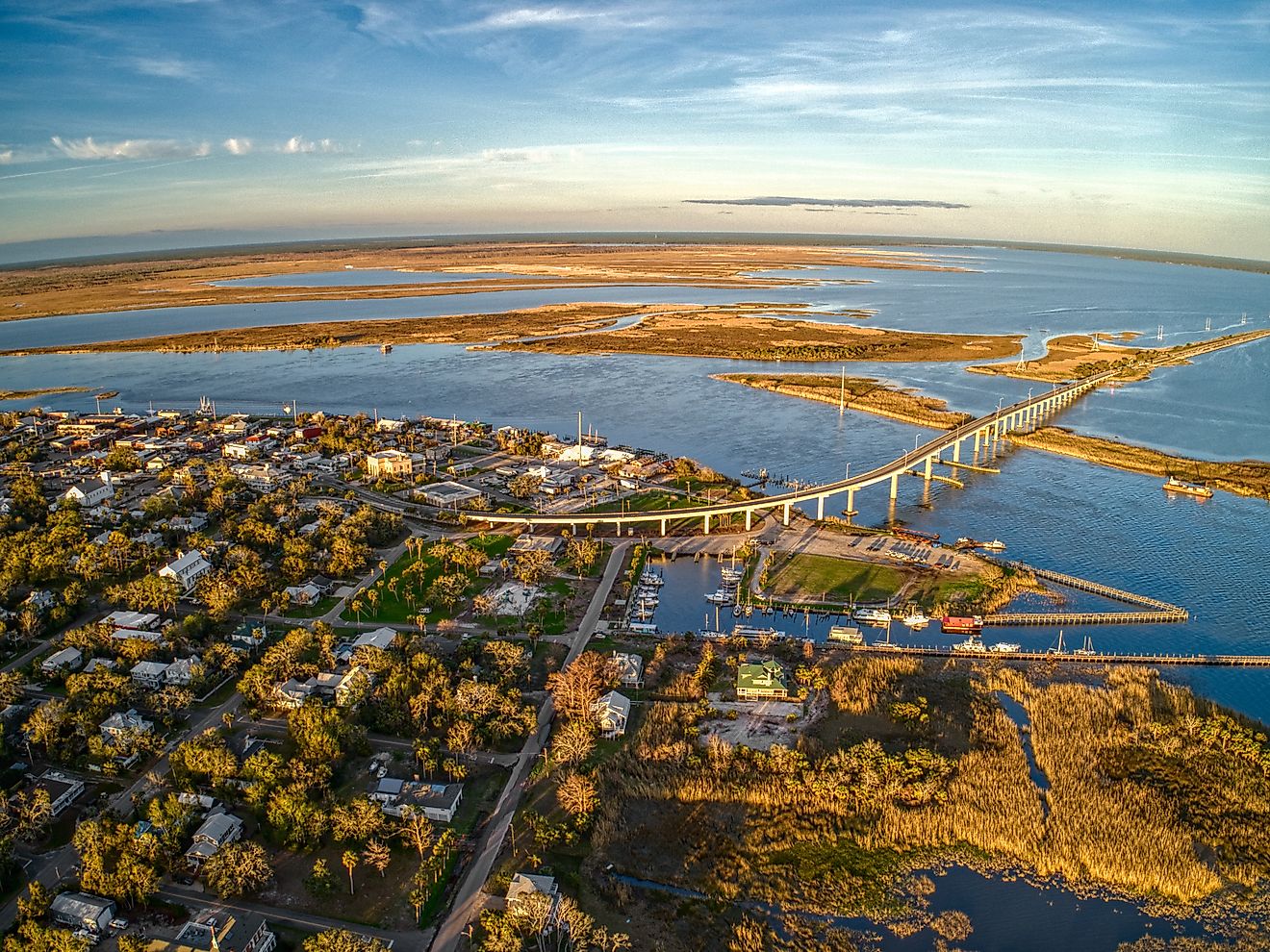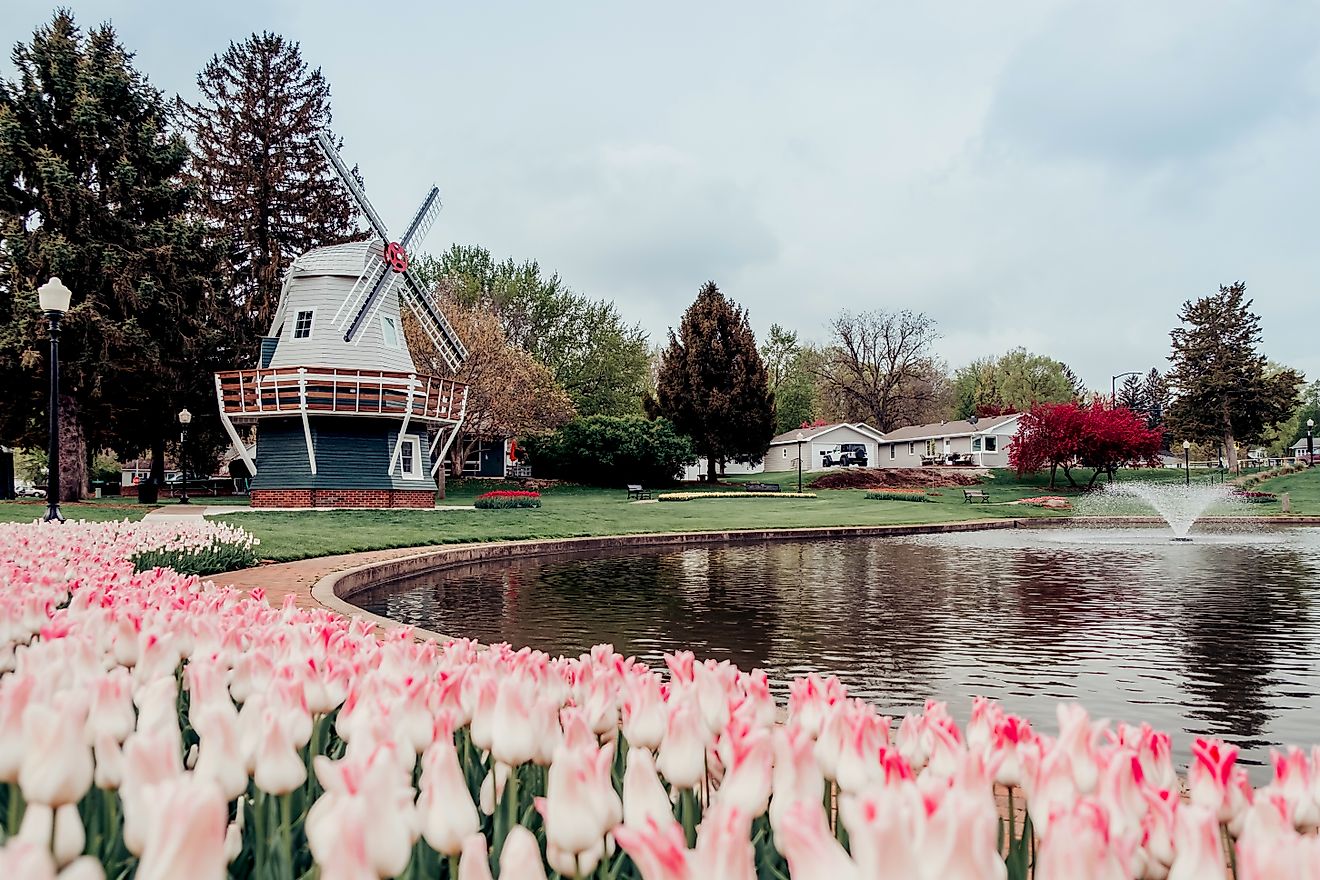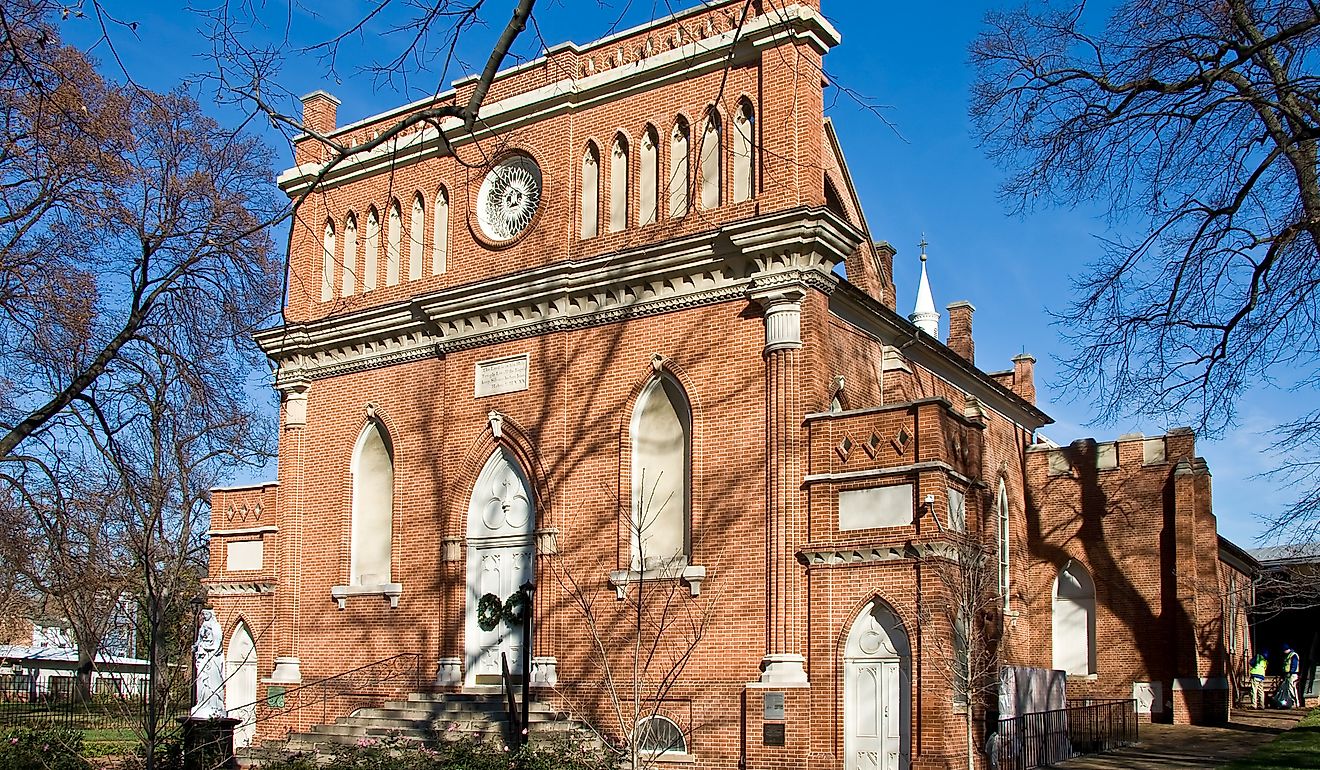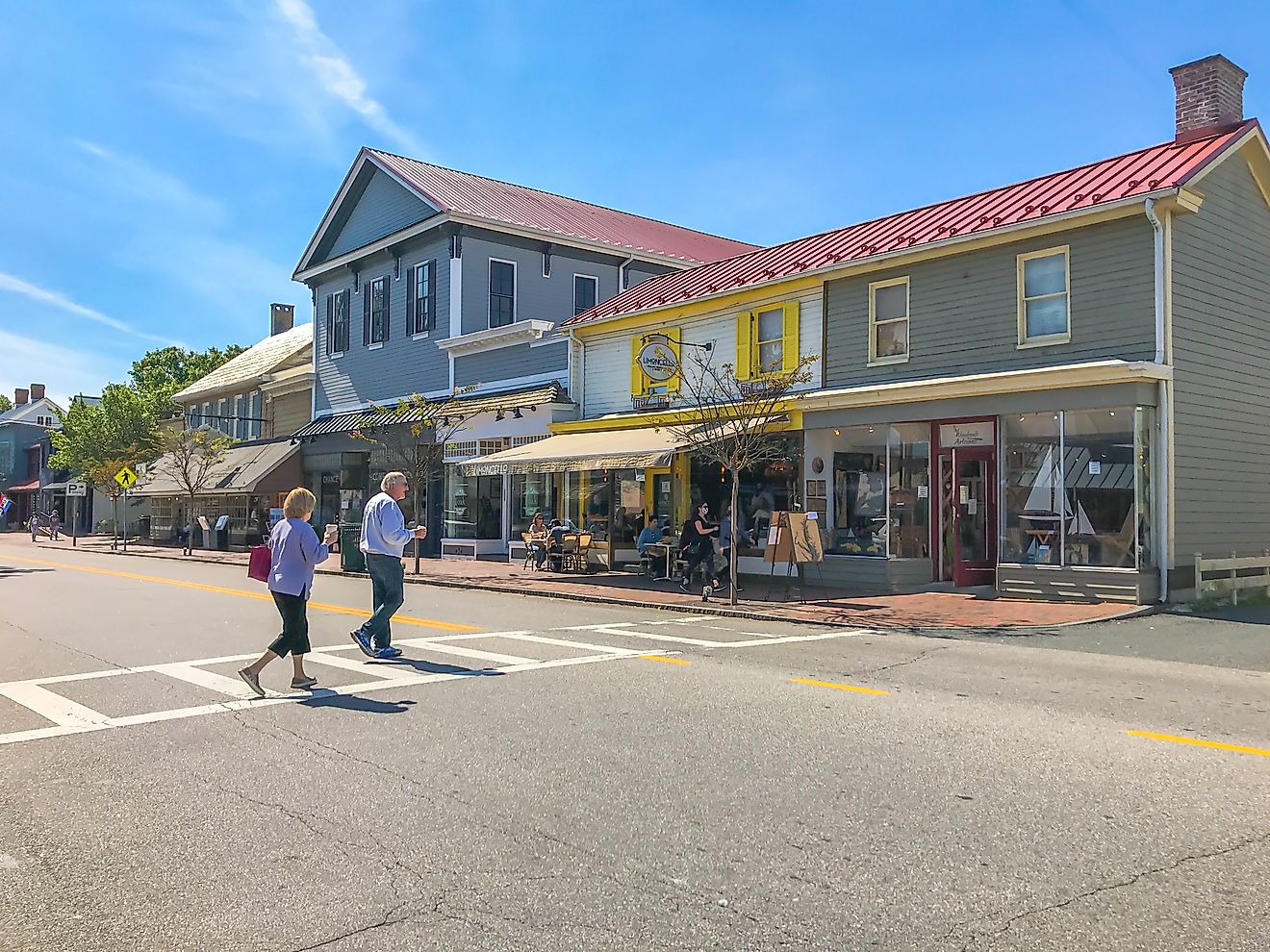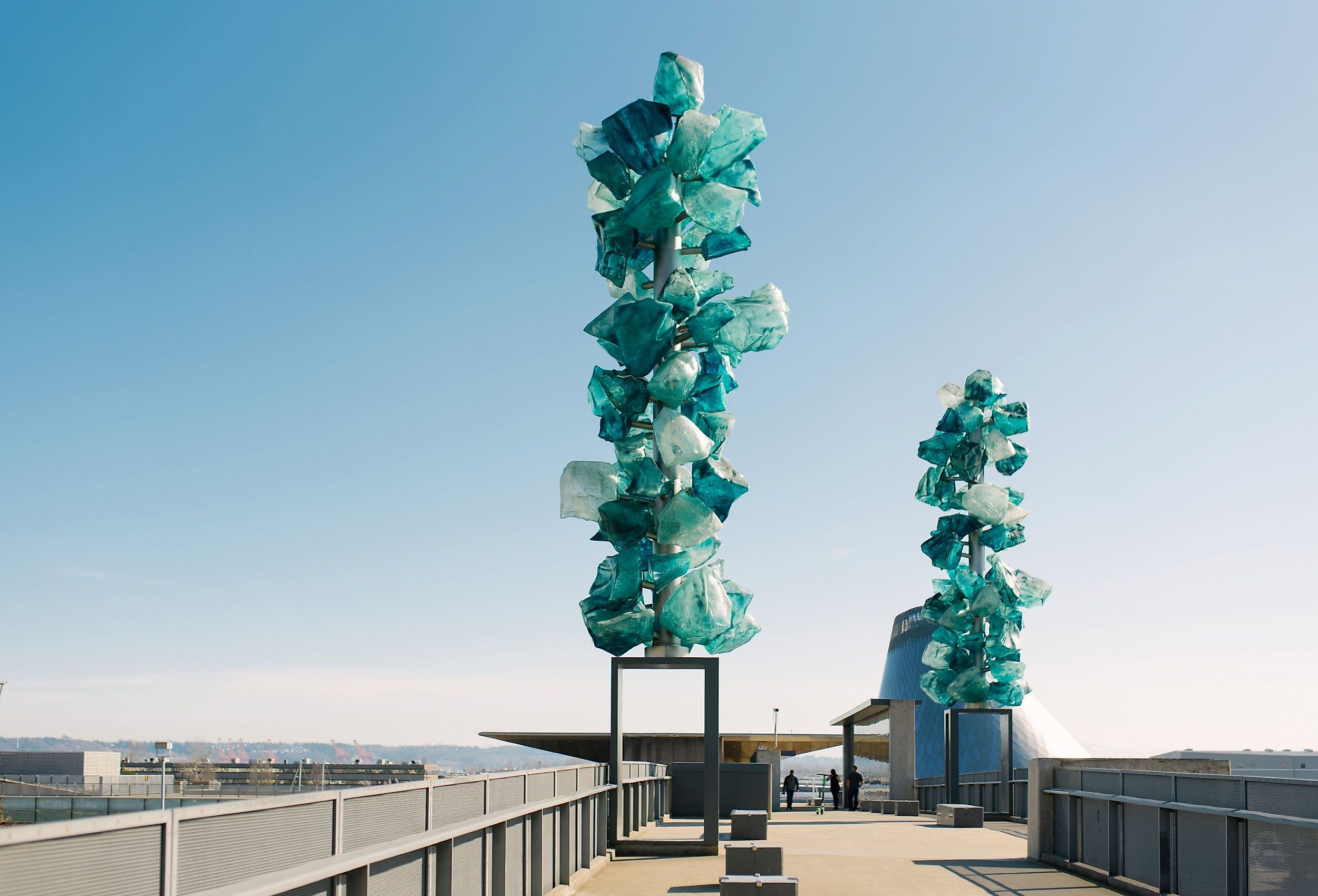
12 Best Museums In Washington
Washington's identity stands firmly established beyond its Cascade Mountains and the cold surge of the icy North Pacific Coast. Its Native American traditions, frontier legacies, and peninsular geography form an enduring cultural composition that consecrates countless memorable sites. True to form, the Evergreen State also comprises numerous elegant museums that precisely capture that spirit. In addition to serving as renowned centers of knowledge, these facilities allow visitors to take more dynamic approaches to observe the history behind Washington’s coastal towns and urban skylines. These corners occupy strategic and conveniently accessible spaces in the state, from the epicenter of the grunge revolution, Seattle, to the Puget Sound cities, mere boat rides apart, amplifying that energy. Whether housing the world's most spacious building to assemble Boeing aircraft or preserving the legacies of naval pioneers, Washington shelters some of the finest museums in the world.
Burke Museum of Natural History and Culture, Seattle
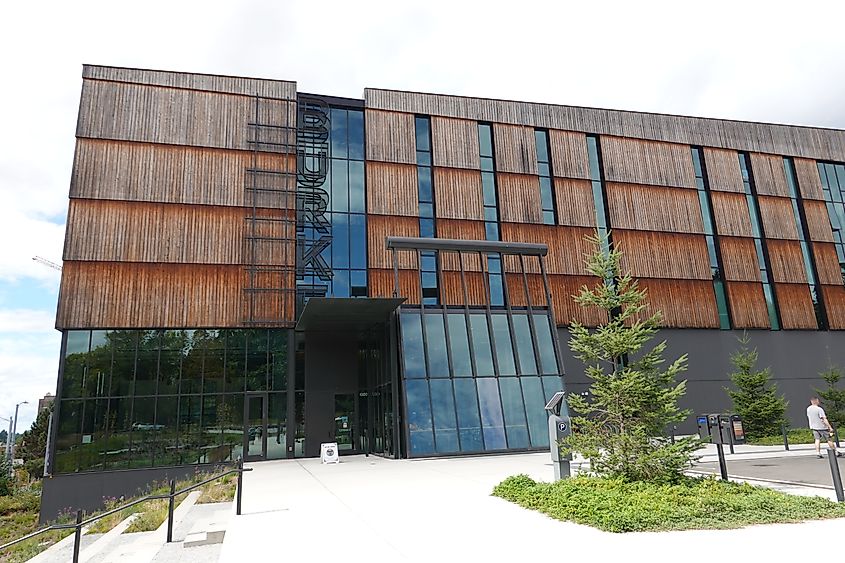
The Burke Museum of Natural History and Culture is on Seattle's University of Washington campus. Its corners document the fascinating archaeological artistry, paleontology, and Indigenous inventiveness in the Pacific Northwest. With more than 18 million objects and specimens, it represents the oldest institution in Washington, dating back to its founding in 1885. Burke promotes participation by allowing spectators to observe live fossil restoration, including reassembling marine reptiles such as the Cretaceous Elasmosaurus, up close, rather than behind glass walls. The artistic traditions of the Coast Salish, Tlingit, Nuu-chah-nulth, and Makah tribes are of utmost significance. Relics such as button blankets, cedar bark headgear, and finely woven baskets exemplify the Indigenous groups' creative methods.
Instead of succumbing to dull and static presentation, Burke applies ongoing research activities to liven up its exhibitions via evolving practices. This, in turn, renders the atmosphere far more enchanting than things merely packed in a display case behind the glass. After surveying giant sloth skeletons and the vestiges of the prehistoric era, explorers can gravitate toward the broader University District. Here, Café Allegro is a classic coffeehouse whose understated elegance is truly becoming. It brews its famous espresso to pair well with a reflective pause on the staggering immensity preserved within the Burke’s walls.
Washington State History Museum, Tacoma
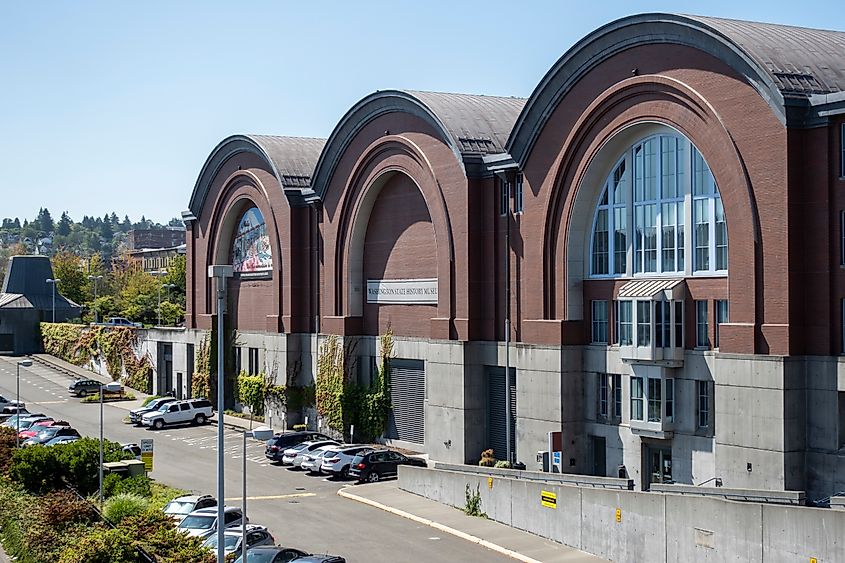
One of the most eclectic sites in the Pacific Northwest, the Washington State History Museum combines everything from trains to planes to Native American basketry under one roof. Prehistoric cultures from 13 millennia ago, mainly Clovis peoples, are acknowledged alongside the more recent Coast Salish people, including their signature cedar plank house. The model train layout ranks as the largest in Washington, with a December festival assembling a miniature city. Other Alaskan tribes and pioneers of the region leave behind remnants like carvings, masks, and items related to the use of cedar, salmon, and other natural resources. Tools such as adzes, digging sticks, fleshing knives, and clothing like headdresses and blankets further enrich the exhibits.
The site's arch, Cascade Mountain view, and greenery channel the signature atmosphere of the Pacific Northwest, authentically embodying the region’s historical chapters. The vaulted roof and lobby are enchanting by modern standards. Neighboring Union Passenger Station’s Beaux-Arts copper dome is another cultural landmark, punctuating the skyline. To subtly transition back into the present, the Museum of Glass stands directly adjacent and proves just as inviting and educational for further exploration.
Northwest Museum of Arts and Culture, Spokane
The Eastern Washington State Historical Society constructed the Northwest Museum of Arts and Culture in Spokane to familiarize people with the compelling untold tales of regional and international civilizations. Among its many special features is the Art Source program, which curates regional artists, displaying crafts and paintings while creating a conduit for agents and collectors to discover and acquire original works directly from emerging creators. Previously the Cheney Cowles Museum, this largest cultural institution in the Northwest has long adapted its exhibitions and collections to balance historical authenticity with contemporary relevance. While it also possessed a large quantity of items belonging to the Tlingit and Haida tribes of Alaska, the board made sure that repatriation was carried out.
Nearby, architect Kirtland Cutter’s tremendous 1898 design of Campbell House transports visitors into the opulent world of late 19th-century elites. The art and craft revival style punctuates the design, while glimpses of English Tudor Revival touch the exterior, and Neoclassical Revival embellishments refine the interiors. Sophistication floods every corner from the richly stocked library to the dimly lit fireplace balcony and sweeping veranda with commanding views over the Spokane River. The residence once belonged to Amasa and Grace Campbell, whose fortunes sprang from the mineral riches of Idaho’s Coeur d'Alene Mining District. The estate’s proximity to Spokane’s central business district, which is less than a couple of miles away, adds further convenience. Here, the city’s unique topography comes into effect at Riverfront Park, around upper and lower Spokane Falls, a soothing yet thrilling natural outing amid the urban settlement.
Museum of Glass, Tacoma
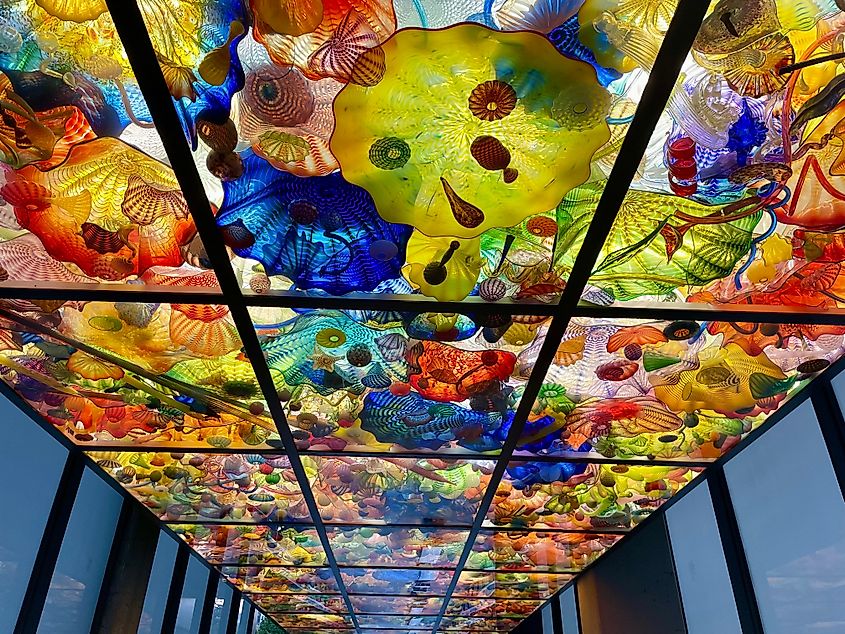
The Museum of Glass, spanning 75,000 square feet, showcases astonishing feats of structural engineering that already hint at what awaits inside, an immersion into glass arts. The solid and transparent everyday medium of glassware assumes an elusive character here, echoing the studio glass movement. Among MOG’s permanent portfolios is Cappy Thompson’s Gathering the Light, a testament to reverse glass painting that conveys the Middle Ages’ artistry on stained glass.
The cone-shaped studio displays 2,800 diamond-shaped stainless steel panels sheathing its walls, with nearly 8,000 square feet enveloping its surface. Complementing these shimmering walls, a stairway spirals around the exterior as rimless pools at the terraces reflect sunlight, generating a surreal luminance across the structure. The aptly named Bridge of Glass stretches 500 feet along the pedestrian walk beside Interstate 705 at seventy feet high, connecting to the Thea Foss Waterway and marina. After exploring the mesmerizing world of glass, travelers can amble along the waterfront at Melanie Jan LaPlant Dressel Park, sampling seafood at The Fish Peddler Restaurant on Foss Waterway.
Northwest Railway Museum, Snoqualmie
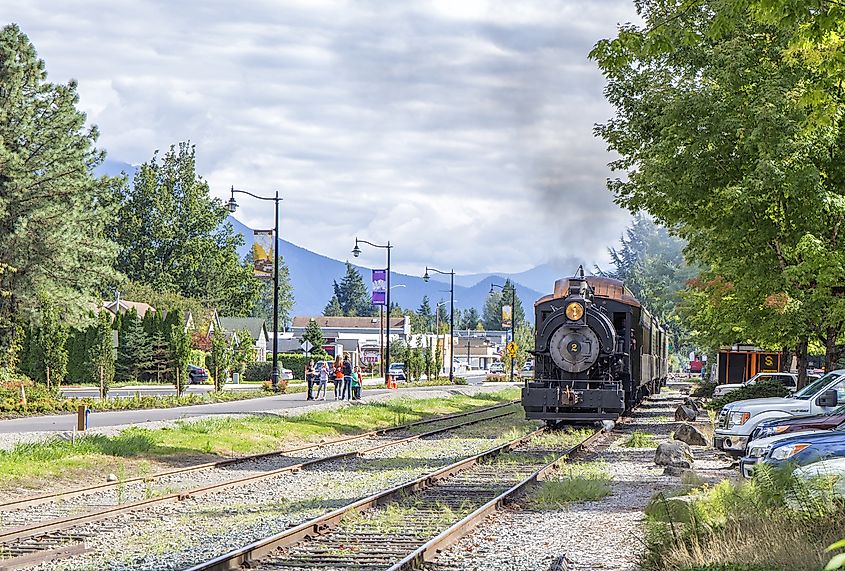
Less than 30 miles east of Seattle, King County’s Northwest Railway Museum operates outside the Snoqualmie Depot. It is a beloved landmark among train enthusiasts in the distinguished U.S. National Register of Historic Places. Its five-mile heritage railroad line spotlights the intrepid resolve of the Seattle, Lake Shore and Eastern Railway, whose pioneers undertook the responsibility to forge connectivity when Tacoma eclipsed Seattle as Northern Pacific's western terminus. The route’s selection and construction prioritized recreation and leisure, threading past natural landmarks like Snoqualmie Falls and Borst Lake. Currently, the museum safeguards an enormous assortment of historic cars, locomotives, and apparatus dating back to the 1880s.
Among its crowning restorations is Roger Locomotive Works' Northern Pacific 924 from 1899, a steam engine actively operated for public rides on select dates. The Train Shed Exhibit Hall orchestrates a three-hour round-trip ride, granting complete immersion into railway heritage. Summertime, in particular, features a grand spectacle through Day Out with Thomas, an extravaganza named after the animated character Thomas the Tank Engine, to allow visitors a quick valley tour. Meanwhile, festivals like Christmas, Halloween, unveiling, and inauguration of new vehicles usher in thematically adorned trains. Numerous other steam, diesel, and gasoline-mechanical showpieces, preserved in original or cosmetically renewed appearances, round out the museum’s broad-ranging display. While riding the Northwest Railway Museum is relaxation in and of itself, the neighboring Snoqualmie Ice Cream shop in Historic Downtown Snoqualmie complements the journey with its nostalgic flavors.
Museum of Flight, Tukwila
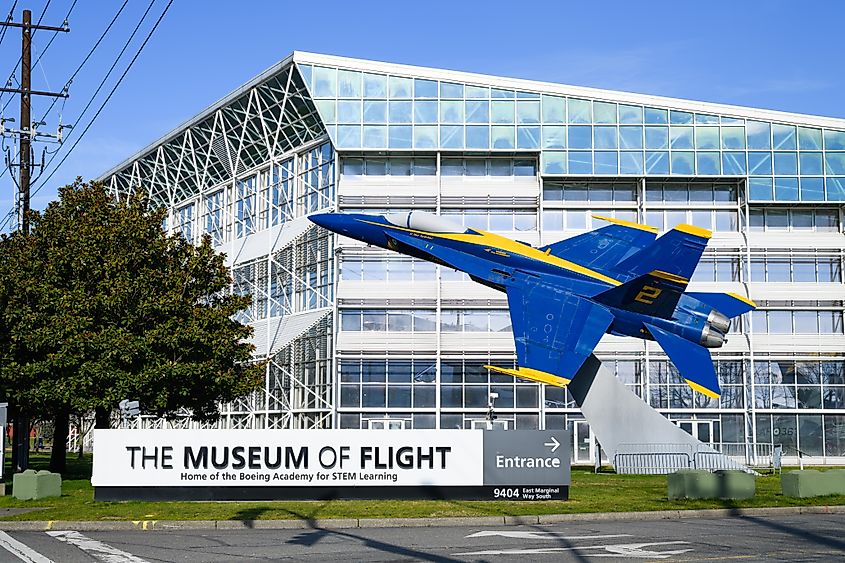
Tukwila, a Seattle Metropolitan area-based city, houses the Museum of Flight, the world's largest air and space exploration center, at King County International Airport. Drawing more than half a million visitors annually, the museum simultaneously engages thousands of students through K-12 educational programs, summer camps, and aviation-training initiatives at the Challenger Learning Center. Its exhibitions, presenting real aircraft like the Boeing VC-137B Air Force One, are open for walkthrough experiences, while the Concorde, the de Havilland Comet, and other icons of aviation elevate the roster. Aerocar International’s Aerocar, one of only five surviving examples, presents a rare glimpse into the dream of roadable aviation, complete with detachable wings and a propeller marveling at the sky’s artificial wonder. Extending far beyond American innovation, the museum also exhibits at least twenty-eight combat jets from both World Wars, including German Focke-Wulf, Russian MiGs, and Japanese Zeros, encapsulating aviation's global legacy.
In terms of archival materials, The Red Barn, Boeing's original manufacturing plant, houses photographs, films, oral histories, and meticulous records chronicling restoration projects. Meanwhile, the Museum of Flight Library and Archives preserves tens of thousands of books, periodicals, and manuscripts, spotlighting historical knowledge. The immersive program, Space: Exploring the New Frontier, grants firsthand insight into the evolution of spaceflight technology. The history behind the museum remains equally intriguing. Back in 1929, the initial efforts worked primarily to retrieve and restore a Boeing 80A-1 that was discovered in Alaska. Sixteen years of perseverance culminated in the opportunity to decorate the salvaged plane properly, setting into motion the broader vision that gradually shaped the Museum of Flight into the institution it stands as today.
Whatcom Museum, Bellingham
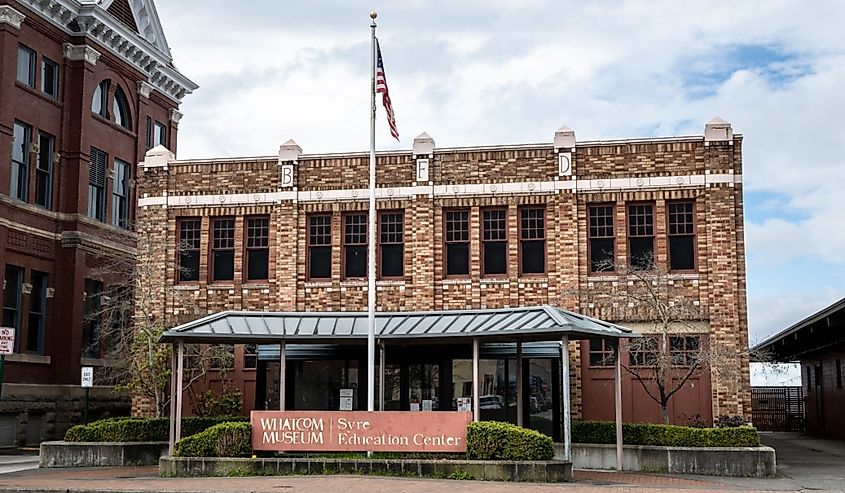
The Whatcom Museum reflects natural history across not one, but three distinct sites: the 1892-built Old City Hall, the Old Fire Station No. 1, and the Lightcatcher building. The former’s Late Victorian architecture and reddish facade assisted the Old City Hall in earning a place in the U.S. National Register of Historic Places. It commands a high bank above Bellingham Bay, where the waterfront expanded by filling part of the Whatcom River bay to create requisite land. The John M. Edson Hall of Birds presents an assortment of hundreds of taxidermied birds. The Lightcatcher building rises 37 feet and integrates energy-conserving features.
Enthusiasts of photography and visual arts pleasantly explore about 200,000 negatives, slides, film, and video, predominantly from 19th-century photographers such as Darius Kinsey and Tabitha Kinsey, completing an evocative historical album. The museum grounds occupy a vital part of Bellingham’s central business district, bordering Maritime Heritage Park. The park complements a range of recreational hubs, including the city library and the prominent Bellingham Farmers Market. Chasing the Whatcom River eastward reveals splendid scenes of Whatcom Falls and the adjoining Whatcom Lake, rounding out the peninsula’s distinct grandeur.
Boeing Future of Flight, Mukilteo
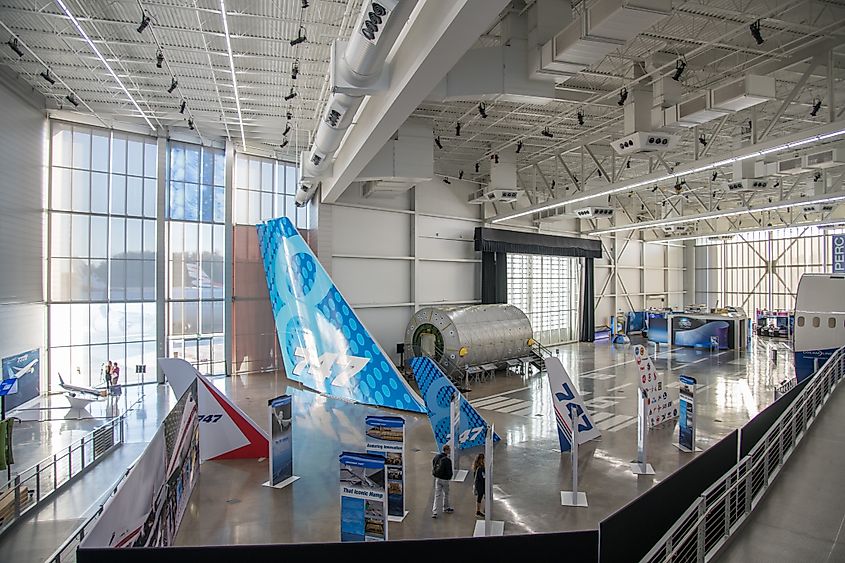
Boeing Future of Flight, also known as The Future of Flight Aviation Center & Boeing Tour, drops viewers’ jaws with various full-size airplanes suspended in the hall from ceilings dozens of feet above. Part of Seattle Paine Field International Airport, it also exhibits life-size plane engines, some operational, facilitating an up-close sense of reality behind aerodynamics. This progresses into comparisons between different Boeing aircraft and machinery based on their engines and fuselages through replicas, video, and mockup presentations. A genuine Boeing 727 cockpit, indistinguishable from the original, remains available for visitors to check out, where they can sit and even operate controls. For more simulation, a virtual reality ride accelerates journeys outside into displays of Egypt, the Battle for Iwo Jima, and even a high-energy Grand Prix race.
On the rooftop observation deck of Future of Flight, visitors can glimpse the Boeing factory and other sections of the airport. Notably, the facility also serves as the Boeing Tour, a guided visit through the Boeing Everett Factory in the adjacent city of Everett. The factory produces the Boeing 767, 777, and 777X within what Guinness World Records recognizes as the most spacious building and biggest factory in the world, spanning 472 million cubic feet. Incidentally, the museum and airport sit fewer than three miles from Puget Sound’s coastal waters and the Japanese Gulch Conservation Area, helping recharge tourists and temper the mechanical experience by retreating into nature.
Museum of Pop Culture, Seattle
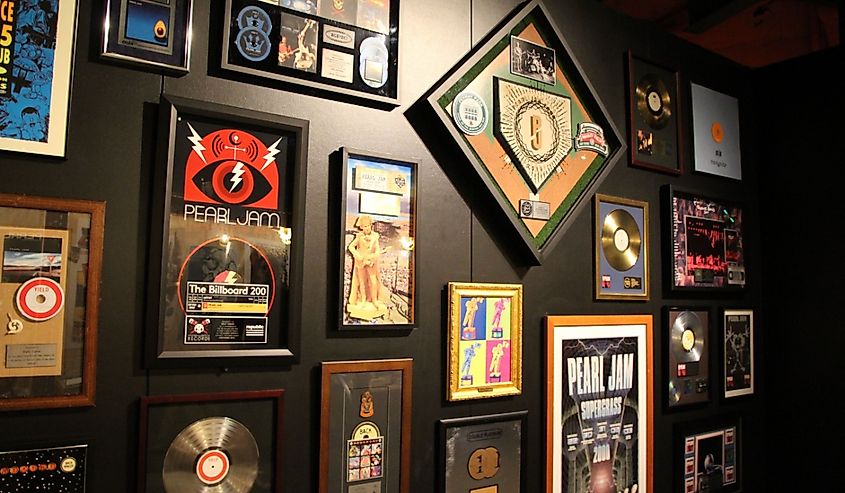
Right there in the grunge capital of the world, Seattle, the Museum of Pop Culture demands exploration. MoPOP is a nonprofit museum in Seattle that occupies 140,000 square feet across three floors. Embodying architect Frank Gehry’s broader vision with its sheet-metal receptacle, it serves as the world’s largest holder of handwritten lyrics, personal guitars, and original documents belonging to legendary rock musicians like Jimi Hendrix and the trailblazing grunge band Nirvana. Acting as a hall of fame in Washington, it honors recording artists who have made profound impacts originating from Seattle’s underground scene. The MoPOP has also hosted film festivals and served as a launchpad for innovations in music technology, such as the inaugural New Interfaces for Musical Expression.
The pop culture in its name persists outside music as well, through the Science Fiction and Fantasy Hall of Fame. Pioneers of these genres in modern Hollywood, like Steven Spielberg, James Cameron, and George Lucas, have established the foundation of popular elements, including interactive Star Wars props. While at the 5th Avenue campus of Seattle Center to explore the art, visitors rarely miss out on checking out the downtown Seattle views and distant Cascade Mountains from the neighboring Space Needle. The iconic tower within the North Pacific state allows elevators to bring visitors up to 520 feet.
Camlann Medieval Village, Carnation
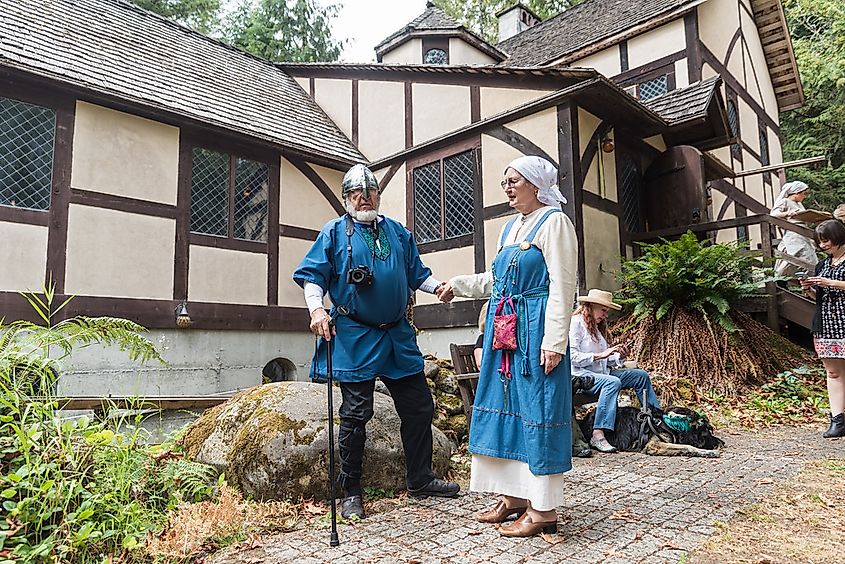
Carnation’s interactive Camlann Medieval Village functions as both an entertaining and informational center that reincarnates the English countryside from the late Middle Ages, particularly the late 14th century. A prestigious living history museum, the village forms a simulation where visitors engage directly in experimental historical interpretation, resembling a theatrical setting. With the Camlann Medieval Association directing operations, the facility requires reservations for opportunities to experience its features. Its theatrical banquet venue, The Bors Hede Inne, takes its cue from a medieval English inn and follows cookbooks with recipes dating back at least seven centuries. Waiters and staff authentically portray characters from the same era for decorum. The utensils, forks, knives, and musical instruments align with the scripted atmosphere to heighten the surreal experience.
Public feasts unfold as crowds groove to the music and embrace the theme reminiscent of the rural southwest English zeitgeist of 1376 during extravaganzas and festivals such as Midsomer, May Faire, and George’s Day. The atmosphere parallels an independent version of Disney World, incorporating cosplayers performing as minstrels, puppeteers, magicians, or knights. Those possessing substantial knowledge of the period can volunteer to assume roles and channel medieval personas. The setting harmonizes with its surroundings, bordered by Harris Creek, Lake Marcel-Stillwater, and the broader Snoqualmie Forest region.
Clark County Historical Museum, Vancouver
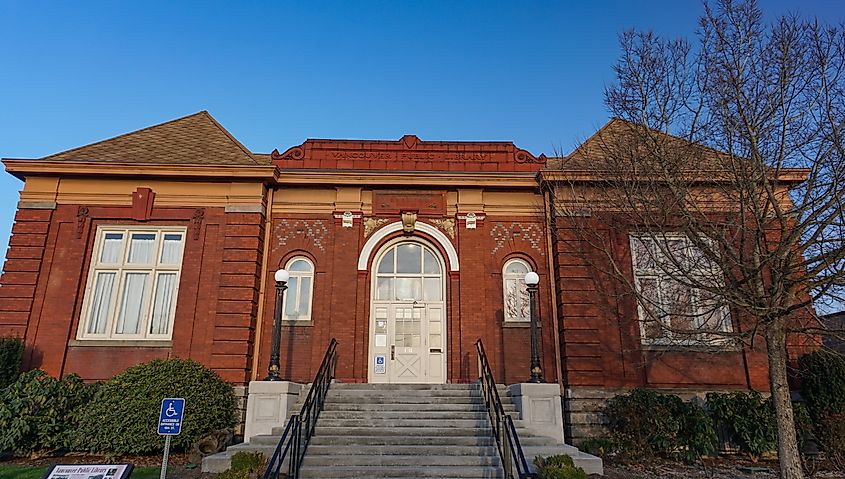
The Clark County Historical Museum near the Oregon border and within the Portland-Vancouver metropolitan area operates upon three principles: walks, exhibits, and talks. While the former refers to joining guides on mile-long tours for commentary on display, the latter pertains to community events with experts holding the mic to elucidate a broader perspective of artifacts. The museum stands where the Carnegie Library building once stood. Its semi-permanent Native American exhibit ranges from crafts and paintings to equipment dating back centuries, as the society oversees the preservation and interpretation of their work. The museum also maintains the Brautigan Library, which carries unpublished manuscripts of Richard Brautigan. Interestingly, Todd Lockwood, the library's founder, has confessed to pulling inspiration from the Kevin Costner movie Field of Dreams, believing that if he built the library, the late author would "come," just as the film's afterlife promised.
The managing body organizes annual programs outside the campus, like Harvest Fun Day, offering chances to reimagine Native American history through workshops. These events range from crafting scarecrows and painting over pumpkins to contests like pie-eating and corn-shucking. Workshops also witness the antique farm equipment coming out of closets and cases to demonstrate application. The cellphone app Historic Routes assists self-guided tours not just inside the CCHM but across downtown Vancouver and other significant sites within southwestern Washington. Some iconic landmarks furthering knowledge of Vancouver’s past are Fort Vancouver National Historic Site and Historical Covington House, each located about a mile away.
Puget Sound Navy Museum, Bremerton
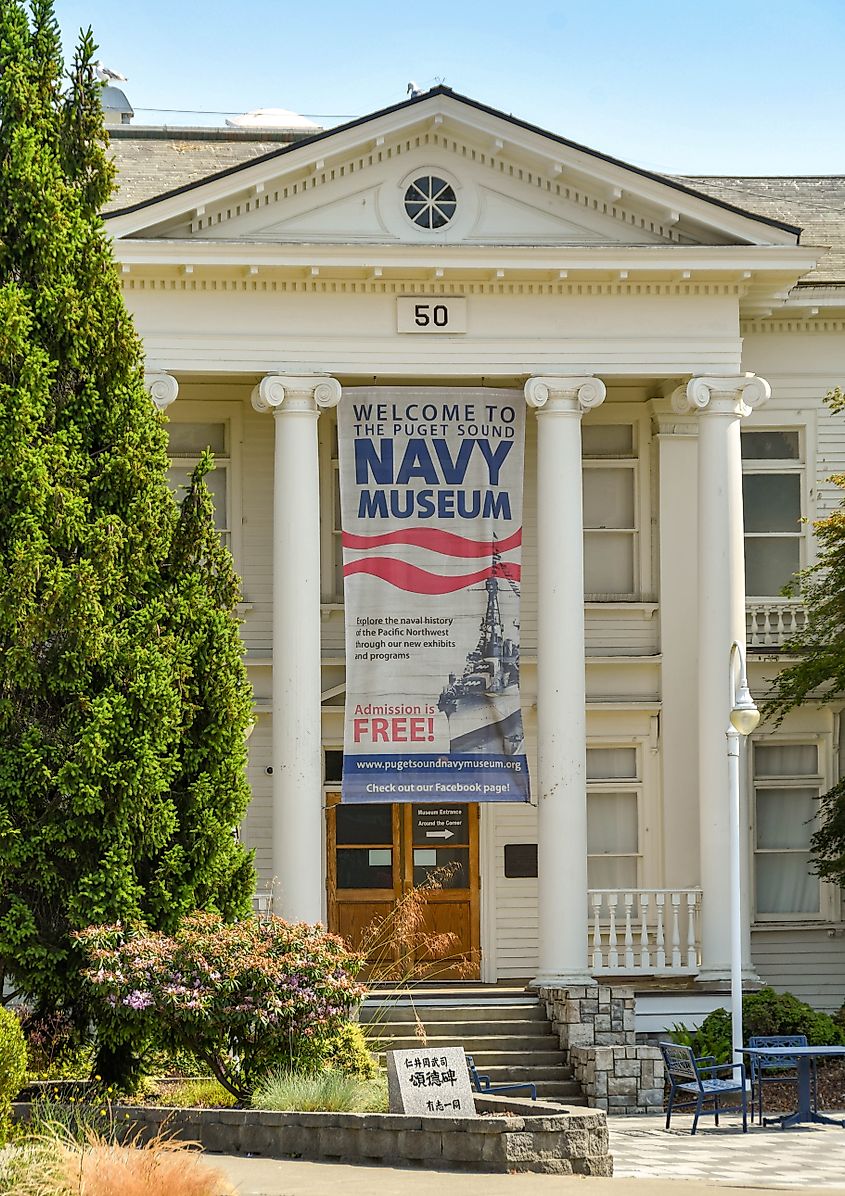
Bremerton’s Puget Sound Navy Museum has visitors viscerally experiencing the roller-coaster life at sea, wartime service, and other adventures, thanks to its organizers, the Naval History and Heritage Command. You can also arrive at this site from Seattle in under an hour, all the while taking in awe-inspiring oceanic views aboard the Bremerton-Seattle Fast Ferry. The Rich Passage’s narrow strait is worth hopping on both before and after the tour to charge up for and test your recently acquired knowledge of vessels and maritime operations.
The permanent exhibit features life aboard the nuclear-powered aircraft carrier USS John C. Stennis, including sailors’ living quarters, food, and routines. Outside in Harborside Park stands the sail of the submarine USS Parche. Nearby Naval Base Kitsap adds another layer of authenticity. Spectators may catch glimpses of active-duty fleet operations, dry dock maintenance, and shipyard logistics, grounding the naval museum’s insights into present-day reality. Anchored beside the peninsular city’s Puget Sound Naval Shipyard, it immediately launches visitors into both history and engineering marvels that define America’s maritime strength.
Washington Forging Bridges Between Past and Future
Washington remains a nucleus of both history and innovation, and its many museums and historical societies only consolidate this notion. These informational establishments spotlight the state's exceptional history and culture, as embodied by Native American tribes when civilization thrived without materialistic needs. These surreal exhibitions fuel unforgettable experiences beyond merely fawning over craftsmanship or marveling at glass-blown masterpieces. The many tools and artifacts at the Washington State History Museum also make a solid case for the hardships indigenous communities found themselves on the receiving end of.
Yet, sentiments of positivity, triumph, and inspiration emerge as one rides the locomotives at the Northwest Railway Museum or flies through the Museum of Flight's aerospace milestones. Once surrounded by these configurations, the modern architectural wonders are never too far away. The interactive exhibits and authentic storytelling far surpass static, old-school methods of experiencing history. From the University District of Seattle to the riverside streets of Spokane, Washington’s museums do not merely exhibit, but ignite, enrich, and expand the very definition of culture within the Pacific Northwest.

